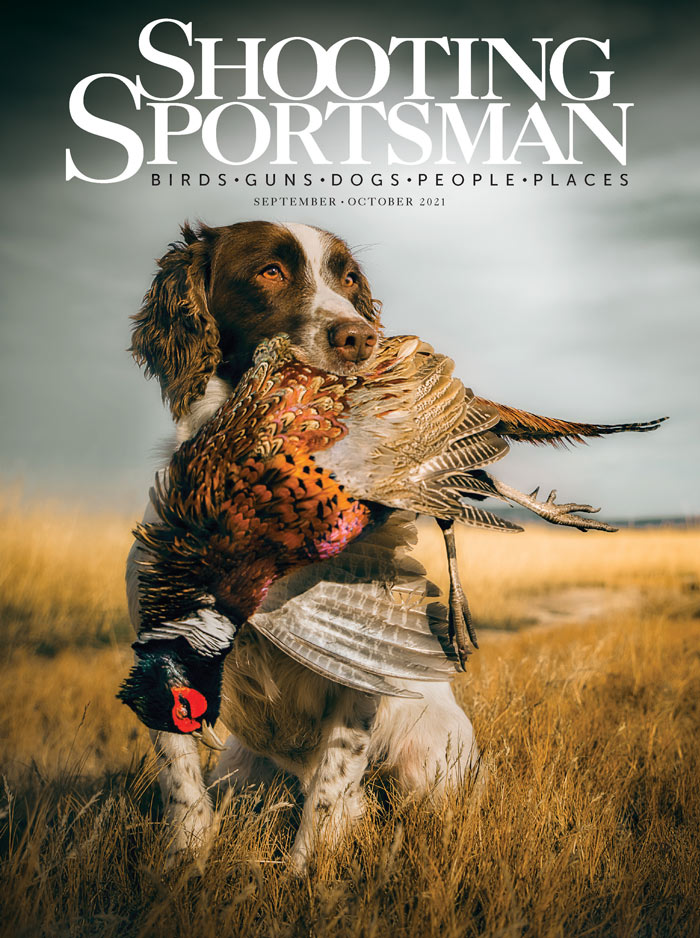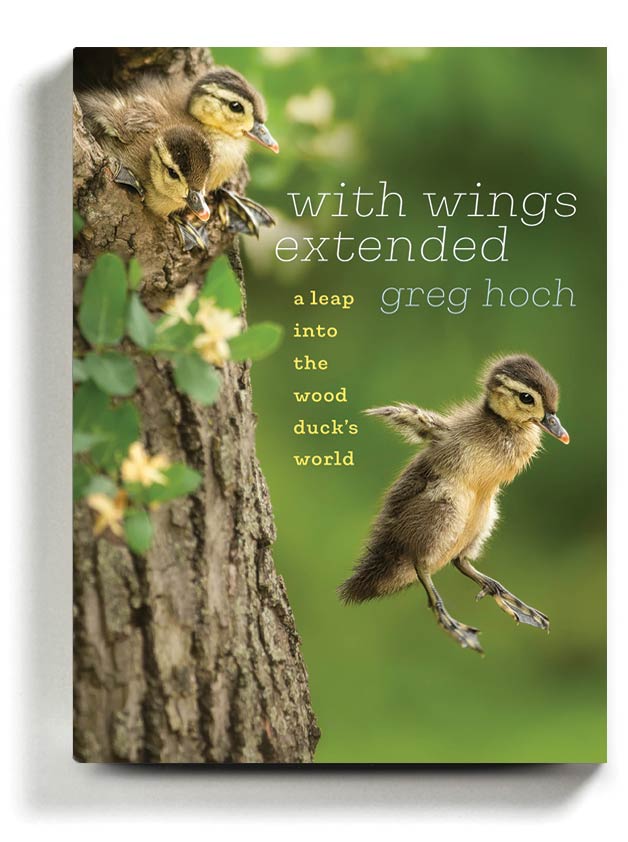While all North American waterfowlers and some clay target ranges have had to abandon lead shot since around the mid-1990s, lead is still legal and going strong for pheasants, doves, grouse, Huns, chukars, quail and turkeys in most places they are hunted. Notable exceptions are on federal wildlife refuges, many other federal lands, many state-owned game management lands and some private lands as well as throughout California regardless of land ownership, animal species being hunted or whether you are clay target shooting. And the list is growing.
With this marching-ever-onward reality before us, it behooves the thinking upland hunter to get a handle on the lead and nontoxic ammunition choices out there. In a nutshell, after years of scientific lethality research, here’s what the data show—and what I have found—are the most effective lead and nontoxic loads for the various birds being hunted.
Pheasants
Regardless of what might be popular and traditional, shooting-test results clearly show that the most lethal all-around lead-pellet sizes are No. 5s and 4s for North American walk-up-style pheasant hunting. Use the 5s for closer work and the 4s for longer shots. In steel the same tests found No. 3s best for close and medium (out to 40 yards) work and No. 2s best for shots beyond 40 yards. In high-density tungsten shot of 10.5 g/cc or higher, shoot the same-size pellets recommended for lead. In bismuth one-size-larger pellets than lead are needed to get the same job done at close to medium ranges, so that would be bismuth No. 4s. Because of its medium density and proclivity for both deformation and frangibility (plated or not), bismuth has not proven efficiently lethal on pheasants beyond 45 yards. Minimum shot-charge weight should be 1 oz regardless of gauge for all of these.
Doves
What’s the most populous and popular upland bird at which lead shot is legally fired the most? The dove. Dove hunting far and away accounts for the most lead-shot rounds annually. Nontoxic shot is not required except on a few state and federal game areas as well as in California. A recently published peer-reviewed shooting test that I co-ran and authored found 11⁄8-oz lead No. 7½s to be the most popular among dove hunters in Texas, which annually fields the most dove hunters in the US. Results also found steel No. 7s and 6s to be equally effective to lead 7½s. Minimum shot-charge weights regardless of gauge should be ¾ oz in lead and 5⁄8 oz in steel. When using lead loads closer to the ¾-oz minimum, No. 8s will keep pattern densities and thus lethality up. Due to expense, few rounds of any of the tungsten-based and bismuth nontoxics are fired at doves.
Grouse
Where forestland predominates, ruffed, dusky and sooty grouse hunting long has been popular, and it remains so despite declines in grouse populations in most northern-tier states. Almost nowhere is nontoxic shot required for forest grouse, and lead No. 7½s and 8s long have been the dominant and lethal choice of forest-grouse hunters. That’s because shots tend to be close and closer and most forest-grouse species seem easily killed with small shot. Because wide patterns for close-range shooting predominate, 7⁄8-oz lead-shot charges should be considered the minimum.
Prairie grouse, including sharptails and prairie chickens, are another matter and generally present significantly longer shots than forest grouse. Here lead No. 7½s and 6s are best in minimum load weights of 1 oz. Where required, steel No. 6s and high-density tungsten-based 7½s are the most lethal nontoxic choices.
Hungarian Partridge
Huns are the open-prairie, speedy smallish-bodied buzz bombs for the upland hunter. Lead No. 7½s and 6s are called for in 1-oz loads or heavier to keep up pattern densities. In nontoxics, steel No. 6s would be the preferred choice or high-density-tungsten 7½s.
Chukars
Chukars are the steep-open-terrain, west-of-the-Rockies equivalent to Huns. Consequently, anything that works well for Huns applies equally to chukars. More and more upland hunters are encountering chukars as released birds on shooting preserves.
Quail
For the speediest, lowest-flying, smallest-bird challenge, bobwhite and California quail can’t be beat. (Desert quail species like scaled and Gambel’s also fall into this category.) Due to habitat loss and resulting population declines, a lot of bobwhite hunting now takes place at released-bird operations. Most California quail hunting is still for wild birds. Size No. 8 lead in shot-charge weights of ¾ oz or more long has been the lethal mainstay of quail hunting. In steel and bismuth, go with No. 7s. The expensive nontoxics are not necessary, because most quail shots are at short range like forest-grouse shots.
Turkeys
Because they currently are not pursued as wingshooting targets, the lethal zone on turkeys remains the head and neck. Scientific tests that I conducted for Winchester found that lead No. 5s and steel 4s are the most lethal for head and neck shots on turkeys. Shot charges can be huge, with the tightest of chokes required, as high pattern densities are vitally necessary. Even though not required, high-density, tungsten-based nontoxics have become highly popular for turkey hunting. The most effective shot sizes seem to be No. 6s in 12-g/cc-density tungsten pellets or 7½s through 9s in 18-density TSS shot.
To consult with Tom Roster or to order his new Advanced Lead & Bismuth Shot Handloading Manual, his HEVI-Shot and HW 13 reloading manual, or his instructional shooting DVD, contact Tom Roster, 1190 Lynnewood Blvd., Klamath Falls, OR 97601; 541-884-2974, tomroster@charter.net.





